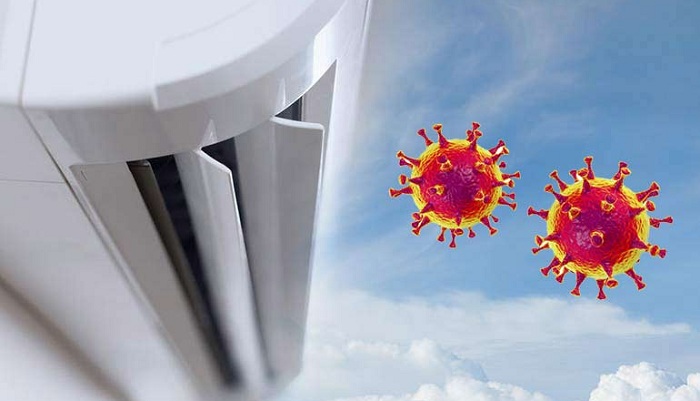In its decades-long existence as an economic alternative for indoor air quality, the household air purifier market has seen many developments. Along with those changes have come what appear to be ground-breaking breakthroughs in filtration technologies, which could herald the next air purification revolution.
All through the outbreak, we all discovered how proper ventilation and spending time indoors can help COVID-19 spread slowly. Improved ventilation, whether by natural methods such as opening windows and doors or mechanical ones such as fans, air purifiers, and air-conditioning systems, is critical to making indoor environments safer. Air purifiers, in particular, have indeed been scientifically proven to significantly eliminate COVID-19, but the same cannot be stated for air conditioning. As a matter of fact, some people have questioned whether it can make people more likely to get bugs and viruses like the coronavirus.
At the beginning of the pandemic, researchers identified air conditioning as a potential promoter for the transmission of COVID-19 by researchers. The case of a restaurant in Guangzhou, China, is a well-known example of this. It resulted in an outbreak that spread from one asymptomatic, affected diner to two more families seated up to four metres away. COVID-19 is airborne, thus experts believe infected air droplets exhaled by the index patient were scooped up by the air-conditioning unit and spread throughout the restaurant, infecting others despite being seated a “safe” distance away.
How safe are air conditioners?
The answer to that depends on the type you have. Split units are air conditioners that merely recirculate the air within a room. They function by sucking in air, cooling it, and then blowing it out again. There really is no clean air supply or filter during this operation. As a result, if someone in the room is infected with COVID-19, the air-conditioning equipment may hasten the transmission of infection to others in the room as well. Air purifiers, in contrast, physically clean the air, eliminating not only COVID particles but other pollutants, viruses, and diseases, including the flu, colds, measles, and chicken pox.
Furthermore, some air conditioners connect their ventilation systems with several other units in various rooms, increasing the risk of exposure, shattering “bubbles” and nullifying any social distancing protection. Because contaminated airborne particles can stay for up to hours in an indoor environment, the risk persists even after the victim has left the premises.
Effectivness of air purifiers against COVID-19
Air purifiers should not be seen as a first line of defence against viruses. The first layers of protection should be social separation, wearing masks, and maintaining basic cleanliness. However, an air purifier that can screen airborne micro particles, such as viruses like COVID-19, is an important aspect of a virus defence strategy.
Viruses can be trapped by filters intended for microscopic particles, but this doesn’t mean you’re completely safe; airborne transmission is just one method viruses propagate. Immediate interaction with someone who is sick or carrying the virus is a typical way for viruses and diseases to spread. There are two main ways viruses and diseases propagate:
>> Through exchanging body fluids with someone who is infected
>> Inhaling contaminated respiratory droplets as a result of coughing or sneezing
HEPA (High Efficiency Particulate Air) and HyperHEPA (High Efficiency Particulate Air) filters constitute mechanical air purification filters. Mechanical filtering is the safest and most reliable way of eliminating airborne pollutants.Evidence-based data and science are used to back up the most capable air cleaning equipment. Notably, science has got your back when it comes to selecting the best air purifier.


















